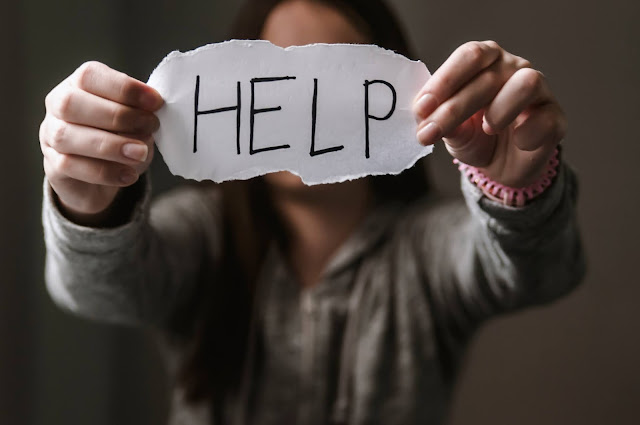By
Domestic violence is a far too common occurrence. It does not discriminate and can happen at any time during a relationship. It takes place in both heterosexual and homosexual relationships. It crosses all ethnic, social, and economic levels.
Signs of domestic violence often are overlooked, denied, or excused. The truth is that there is never an excuse. The only way to end domestic violence is to be aware.
Domestic violence can be more than physical abuse. It can include sexual and emotional abuse as well.
Physical abuse includes any type of abuse that causes physical harm or injury. Sexual abuse is any form of a sexual situation in which you are forced to participate in sexual activity that is unwanted, unsafe, or degrading. Emotional abuse diminishes self-worth and self-esteem. This is usually done in the form of verbal abuse – including name-calling, yelling, and shaming.
Abusers commonly use tactics to gain control over their victims. Abusers often may try to make their partner feel bad or “less than.” This tactic is used to make their partners stay. By engaging in behavior such as insulting, name-calling or other forms of humiliation, the abuser is able to diminish self-worth. Many victims start to believe the negativity and begin to feel they do not deserve anything else and no one else would want them.
An abuser may also take on the dominant role. This is often overlooked because it can be mistaken for “being in control” or “taking on responsibility.” This type of abuser will make all decisions and expect things to be done the way they want it without question or input.
The last thing an abuser wants is for their victim to realize that they could be okay without the abuser, or for others to point out that the relationship is unhealthy. While there are quite a few tactics to create this belief, an abuser may begin to isolate their partner from family and friends. In extreme cases, they may try to prevent their victim from going to work, school, or other outside activities.
Intimidation and threats also are commonly used. An abuser may threaten to hurt themselves, their partner or family. They may also use tactics such as destroying things, damaging personal possessions, harming pets, or any other intimidating gestures. Even when these threats are not physical, they should be taken very seriously because it is highly likely that they will escalate.
Abusers also are very good at minimizing their behaviors and placing the blame elsewhere. They will commonly make statements like “it wasn’t that bad,” “you’re making it bigger than it needs to be,” “if only you didn’t make me so mad,” or “I’m just having a bad day.” The truth is there is no excuse and no one is ever to blame for any form of abuse.
There are warning signs of abuse. If you are concerned about your relationship or the relationship of someone you care about, consider these signs:
- Having a partner with a bad temper, or one who is jealous or possessive
- Being overly eager to please the abuser
- Checking in with abusive partner frequently to outline daily activities or confirm prior plans
- Frequent injuries and claiming of “accidents”
- Inconsistent attendance at work, school, or other social activities
- Excessive clothing or accessories to hide signs of physical abuse
- Low self-esteem and self-worth
- Limited access to friends, family, transportation, or money
- Depression or anxiety or other personality changes
If you or someone you know is experiencing these signs or others that may indicate abuse, talk to someone. If you are not sure if you are being abused, ask someone. If you have questions about someone being abused, ask them. You may save yourself as well as someone else.


